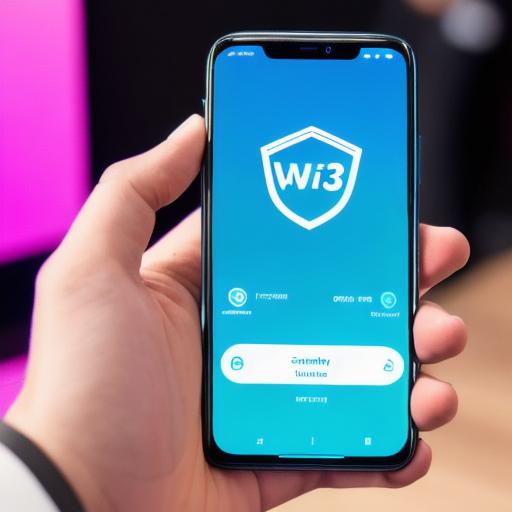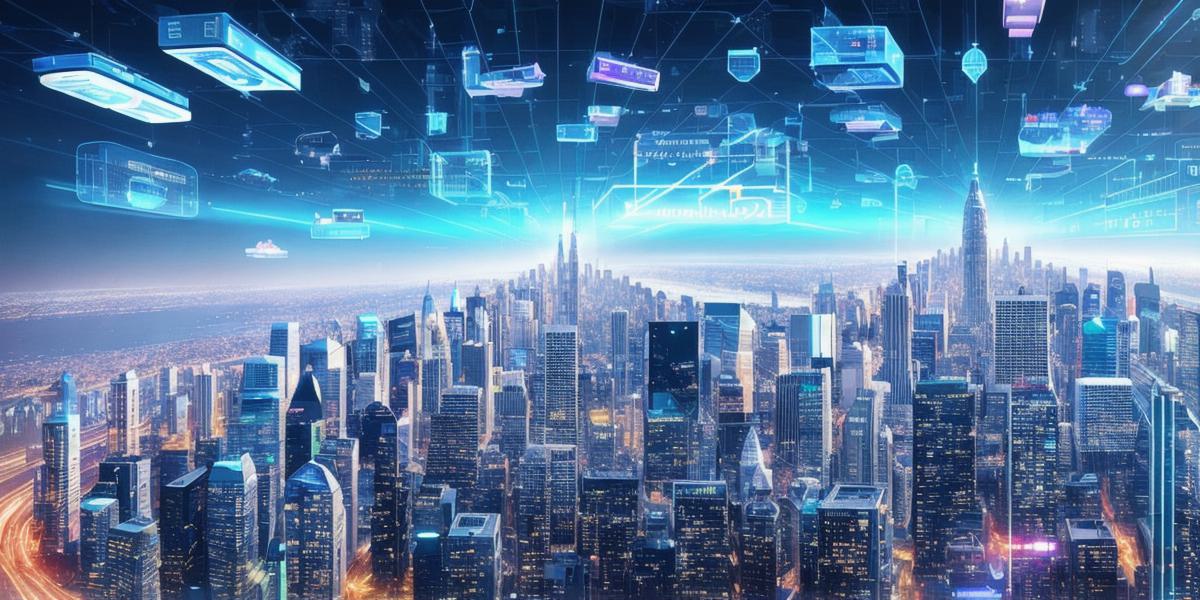Introduction

The internet has revolutionized our lives, making information and communication more accessible than ever before. In recent years, we have seen a shift towards decentralization and blockchain technology, which will continue to shape the future of the internet. Web3 is the next evolution of the internet, promising to bring even greater decentralization and openness. In this article, we will explore what to expect from Web3 in 2021 and beyond.
What is Web3?
Web3 refers to the third generation of the internet, which is based on blockchain technology and decentralized networks. The goal of Web3 is to create a more open, secure, and interoperable internet that puts users in control of their data and resources. Unlike traditional web applications, which rely on centralized servers, Web3 applications are built on a peer-to-peer network, allowing for greater flexibility and resilience.
Decentralization and Blockchain Technology
Decentralization is at the core of Web3, with users having control over their own data and resources. This is achieved through blockchain technology, which creates a secure and transparent record of all transactions on the network. By removing intermediaries and creating a direct relationship between users, Web3 has the potential to increase trust and reduce costs.
One example of this is the decentralized finance (DeFi) industry, which is built on top of blockchain technology and allows for peer-to-peer lending, borrowing, and trading without the need for intermediaries like banks. This has already disrupted the traditional financial industry, and we can expect to see more innovation in this space as Web3 continues to grow.
Interoperability and Standardization
Another key feature of Web3 is interoperability and standardization. By creating a common language and set of protocols for communication on the network, Web3 applications can easily communicate with each other, regardless of their underlying technology or programming language. This allows for greater flexibility and scalability, as well as increased adoption of new technologies.
One example of this is the Ethereum blockchain, which has become a standard for building decentralized applications. Ethereum has a large and active community, which has created a wide range of tools and libraries for building on the platform. This has made it easier for developers to build and deploy Web3 applications, leading to a rapid growth in the number of decentralized applications on the network.
Case Studies
There are already many exciting examples of Web3 applications that are being developed and deployed around the world. One example is the decentralized social media platform, Steemit, which uses blockchain technology to allow users to earn rewards for creating and sharing content. Another example is the decentralized marketplace, OpenSea, which allows users to buy and sell unique digital assets on a peer-to-peer network.
Conclusion
Web3 is the next evolution of the internet, promising to bring even greater decentralization, openness, and interoperability. As the technology continues to mature and more developers enter the space, we can expect to see even more innovation and disruption in industries ranging from finance to social media. With Web3, users have greater control over their data and resources, allowing for a more secure and transparent internet. The future of the internet is here, and it’s time to embrace Web3 and all its potential.
FAQs

1. What is Web3?
Web3 refers to the third generation of the internet, which is based on blockchain technology and decentralized networks.
- How does Web3 differ from traditional web applications?
Web3 applications are built on a peer-to-peer network, allowing for greater flexibility and resilience, while traditional web applications rely on centralized servers. - What is blockchain technology?
Blockchain technology creates a secure and transparent record of all transactions on the network, allowing for decentralization and increased trust. - What are some examples of Web3 applications?
Some examples include decentralized finance (DeFi) platforms, social media platforms, and marketplaces. - How will Web3 impact industries like finance and social media?
Web3 has the potential to disrupt these industries by increasing trust and reducing costs, allowing for greater innovation and disruption.
